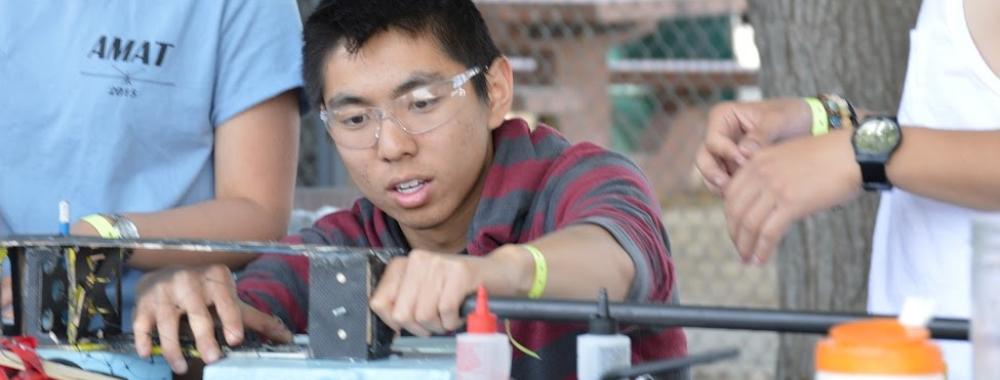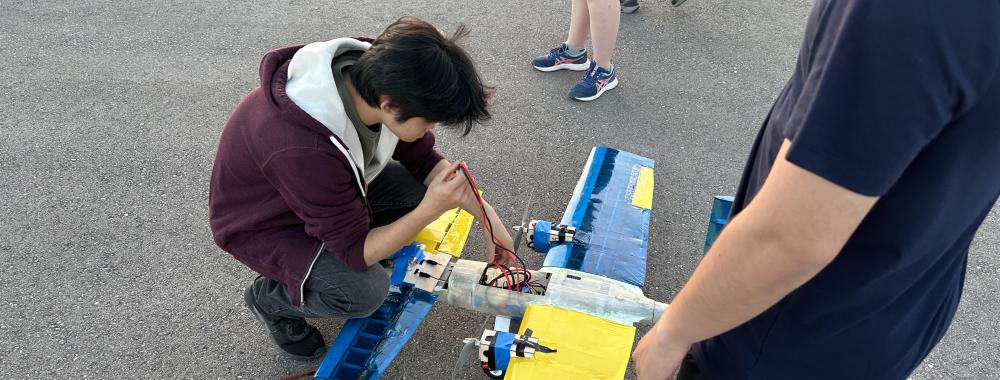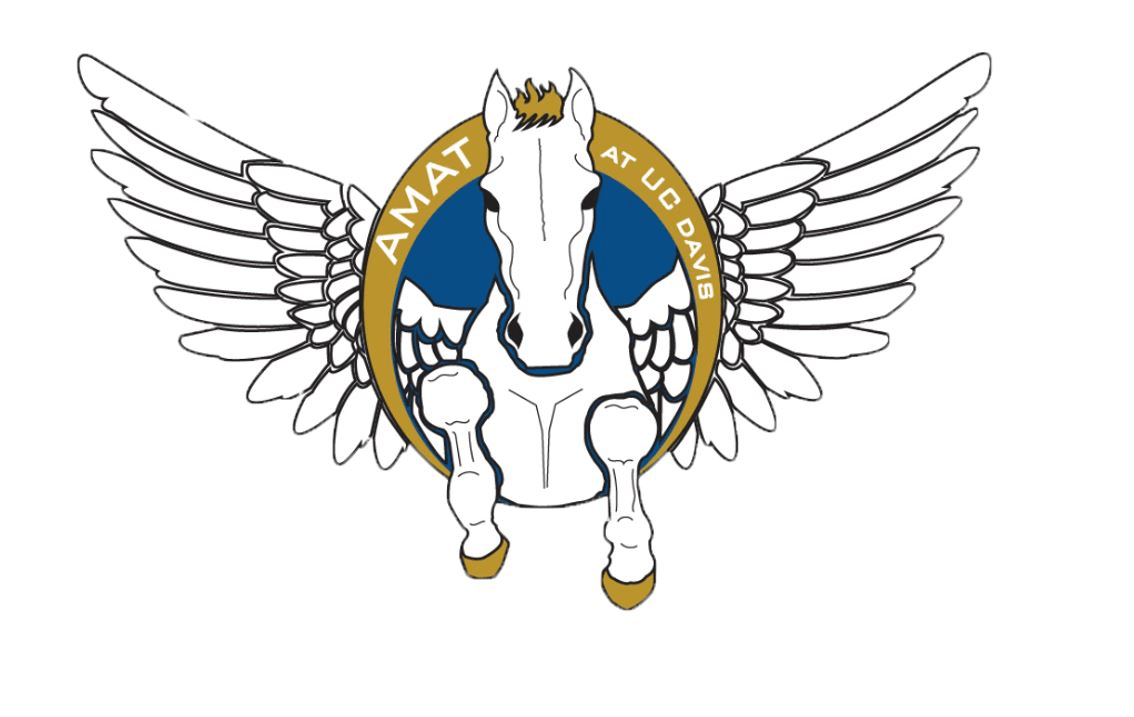
Society of Automotive Engineers Aero Design West Competition
The SAE Aero Design West competition is an annual event organized by the Society of Automotive Engineers (SAE) that challenges engineering students to design, build, and fly a radio-controlled aircraft. The competition aims to provide real-world engineering experience and encourages innovation and teamwork. Between 70 to 100 teams compete in three different categories to take home the glory of building the finest RC aircraft.
Objectives:
- Design and Build: Teams are tasked with creating an aircraft that meets specific design criteria and performance requirements.
- Flight Demonstration: The aircraft must successfully complete flight missions that test its capabilities, such as payload carrying, endurance, and maneuverability.
- Technical Report and Presentation: Teams must present their design to a panel of judges, explaining their engineering process, design choices, and the rationale behind them.
Competition Classes:
- Regular Class: Focuses on fundamental design and payload maximization.
- Advanced Class: Involves more complex design challenges, such as autonomous flight capabilities.
- Micro Class: Emphasizes minimizing the size and weight of the aircraft while maintaining performance.
Competition Structure:
- Design Report: Teams submit a report that outlines their design approach and concepts.
- Design Presentation: Teams present their aircraft design to a panel of judges, explaining their design choices, the engineering principles applied, and how they addressed specific challenges. This presentation often includes visual aids and is followed by a Q&A session.
- Building the aircraft: Teams construct their aircraft based on their design. This phase includes selecting materials, assembling components, and conducting initial test flights to ensure the aircraft meets performance and safety requirements.
- Technical Inspection: Before flying, each aircraft undergoes a thorough technical inspection to ensure it meets all safety and design regulations specified by the competition rules.
- Flight Missions: The aircraft must complete a series of flight missions, each with specific objectives and constraints. These missions typically test various aspects of the aircraft’s performance, such as payload capacity, speed, endurance, and maneuverability.
Scoring:
- Design Report: Written reports detailing the design process, engineering analysis, and testing results.
- Flight Performance: Points are awarded based on the aircraft’s ability to complete flight missions successfully, including takeoff, flight stability, payload delivery, and landing.
- Presentation: Oral presentations where teams defend their design choices and demonstrate their understanding of the project.

American Institute of Aeronautics and Astronautics: Design Build Fly Competition
The American Institute of Aeronautics and Astronautics (AIAA) Design/Build/Fly (DBF) competition is an annual event that challenges university students to design, fabricate, and demonstrate the flight capabilities of an unmanned, electric-powered, radio-controlled aircraft that can meet specific mission objectives. Nearly 100 teams participate in this event.
Objectives:
- Design and Build: Teams must design and construct an aircraft that meets detailed design requirements and can successfully perform a series of missions.
- Flight Demonstration: The aircraft must complete specific flight missions to demonstrate its capabilities and fulfill the competition’s requirements.
- Technical Report and Presentation: Teams are required to submit a comprehensive design report and make a presentation to a panel of judges, detailing their design process, analysis, and results.
Competition Structure:
- Design Proposal: Teams submit a proposal that outlines their design approach and initial concepts.
- Preliminary Design Review (PDR): Teams present a detailed design plan, including specifications, analysis, and expected performance.
- Critical Design Review (CDR): A thorough review of the final design, with detailed plans for construction and testing.
- Technical Report: A written report that describes the design process, including the aircraft’s design, analysis, fabrication, testing, and performance.
- Flight Missions: The aircraft must complete a series of flight missions, each with specific objectives and constraints. These missions typically test various aspects of the aircraft’s performance, such as payload capacity, speed, endurance, and maneuverability.
Scoring:
- Design Report: Points are awarded based on the quality and thoroughness of the design report, including design methodology, analysis, and testing.
- Flight Performance: Points are awarded for successful completion of flight missions, with higher points for better performance and mission accomplishment.
- Presentation: Teams must make an oral presentation to the judges, explaining their design process, technical challenges, and solutions.
